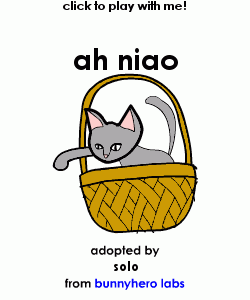Punjabi Wedding Part VII - Temple 1

We reached Sikh temple shortly. We covered our head with the scarf, take off our shoes and walk into the temple. The bride's chinese friend and me escort the bride to a resting room upstair. The rest remain below waiting for the groom and his family members to arrive, they had travelled from Ipoh the day before. Once the groom and families arrived, milnee will start. In the milnee, both families’ exchange presents, tacitly accepting one another.
After milnee, everyone have their breakfast in the eating place in temple. The bride side catered vegetarian food as it is in the temple. After breakfast, we went up to the room and sit with the bride.
The groom and his family entered the hall and seated. The groom seated first in front of the holy book. Then followed by the bride led in afterward escorted by her sister-in law and the rest of us follows. All of pay our respect to the holy book and then seated in the hall. Everyone sitted on the floor, guys on the right and ladies on the left.
Ceremony started. As it is in their language, I dun understand. I found some material from the website, adding on to what I experience and hope its accurate.
The Priest will then explain the Sikh perspective (above) of marriage, stressing the importance of the union about to take place. After the priest's address, the ceremonial procedures truly begin.
The couple and their parents stand and ardas (prayers) are spoken asking for God’s blessing for the proposed marriage and the couple.These opening prayers are followed by the palaa ceremony. A shawl, saffron-coloured, is folded lengthwise. The right end is placed over the groom's shoulder and into his hands; the bride holds the left end. Throughout the palaa ceremony, the ragis sing a prayer, the Shabad Palai. Palaa, similar to other Asian wedding traditions, bonds the couple together physically to represent their spiritual link.What follows is critical and special to Sikh marriages. The Laavan, written by the fourth guru, Guru Ram Das for his own marriage, is a series of four prayers. Literally Laavan means 'break away'- the marriage is the bride breaking away from her natural family.
The ragis sing his words as the couple walks, connected by the palaa, clockwise around the Guru Granth Sahib. The groom leads the bride during the circling of the Guru Granth Sahib. They finish their round as the ragis finish the prayer. The couple then bows to the holy book and sits waiting the second prayer of the Laavan. Each round is performed in the same manner.The Laavan serves a dual purpose: the verses are both offerings of advice and references to times of married life. The first verse impresses upon the importance of committing oneself to righteousness, communication with one's own soul and the spiritual journey of all Sikhs. The second verse tells the couple of their future success. In marrying, they will find the true Guru; they can move beyond their own personalities and prejudices, using the marital institution as part of their spiritual paths. The third verse says that the couple is blessed to be part of a supportive Sikh community and that to follow the spiritual path set before them, they should serve and respect those around them. The final verse of the Laavan says that in marriage the two will inspire each other towards becoming one with the Infinite, as they follow the advice of the previous three verses.At the completion of Laavan, the assembly showers the couple with flower petals. According to Sikh codes of conduct, the two are now officially married.The Priest will then say a few words to close the ceremony and legally pronounce the couple as husband and wife.
After the ceremony, everyone linger around the hall talking and taking pic with the couple. Then we proceed downstair.


0 Comments:
Post a Comment
<< Home